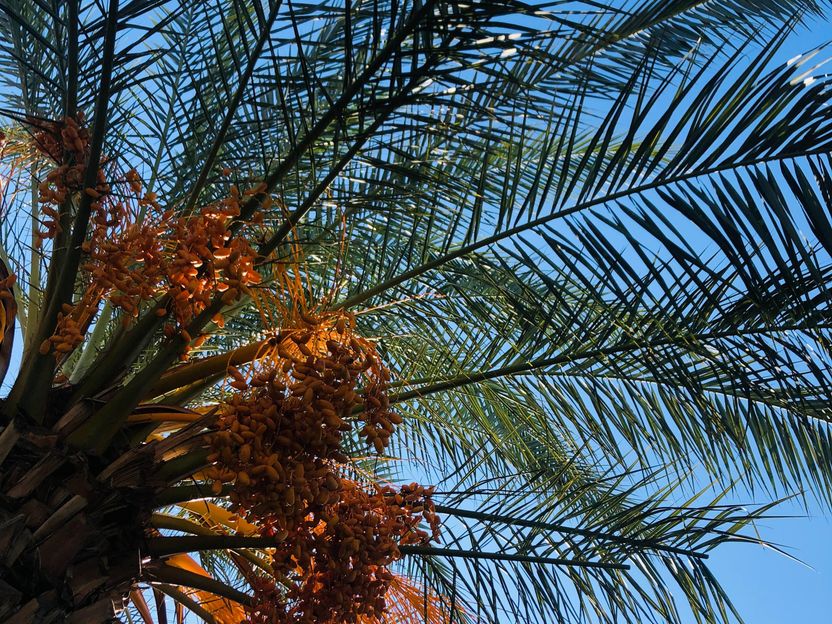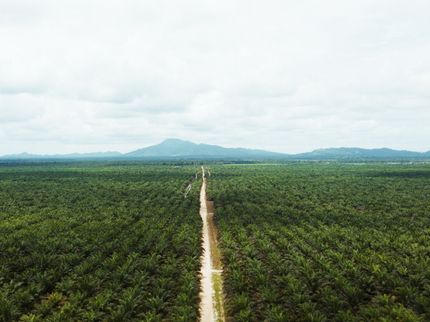Hardly anything runs without palm oil
Advertisement
A few weeks ago, a piece of news caused quite a stir: The country of Indonesia declared that it would no longer sell palm oil abroad for the time being. That would have been a huge problem. Because oil palm oil is an extremely important raw material and Indonesia is the largest producer of it. In the meantime, the country in southeast Asia has changed its mind. It is once again supplying palm oil to the whole world.

Photo by Yeliz Pektas on Unsplash
In our everyday lives, we encounter palm oil all the time, usually without realizing it. For example, it is used in chocolate, cookies and ice cream. It is in detergents, creams and shower gels. It is used to make animal feed and even fuel for cars. In short, hardly anything works without palm oil! It is the most widely used vegetable oil in the world.
"Palm oil has many advantages. It is pliable, heat-resistant, has a long shelf life and is also tasteless," explains expert Juliane Lutze. Another thing that makes this raw material practically irreplaceable is that you can produce large quantities of it on a comparatively small area.
If you wanted to produce the same amount of oil from sunflowers, for example, you would need four times as much acreage. Juliane Lutze explains: "Even if you produce oil from coconut, soy or rapeseed, for example, you would need much more land for the same amount. The fact that so much oil can be extracted from a palm tree also makes it very cheap.
At the same time, however, the substance is also heavily criticized. This is because the cultivation of oil palms harms the environment. Large areas of virgin forest are cleared for it. This is bad for the people, animals and plants that live there. In addition, the clearing of the virgin forest and the oil production produce a lot of climate-damaging gases. So the whole thing is a real quandary.
But how is this oil actually produced? First of all, oil palms are planted. They probably originated in West Africa and grow up to 30 meters high. From about the third year, the plants bear fruit. These grow in large heavy clusters, high up in the palm tree. Harvesting them is a real drudgery.
As soon as the fruits are ripe, they are cut off and processed. This happens quite quickly, otherwise the fruits would spoil. Palm oil is extracted from the yellowish-orange flesh of the fruit. The whitish kernels, on the other hand, are dried, ground and then pressed. This is how palm kernel oil is obtained.
After about 21 years, the oil palms are replaced. Because then they start to bear less fruit. The old palms are cut down and young palms are planted in their place./DP/stk (dpa)
Note: This article has been translated using a computer system without human intervention. LUMITOS offers these automatic translations to present a wider range of current news. Since this article has been translated with automatic translation, it is possible that it contains errors in vocabulary, syntax or grammar. The original article in German can be found here.


























































